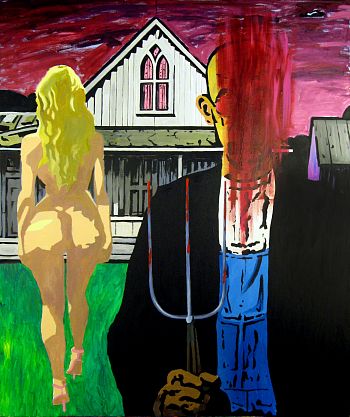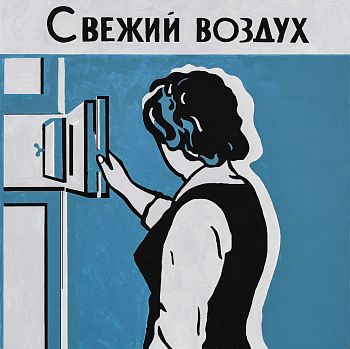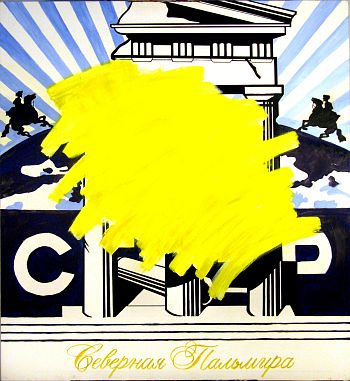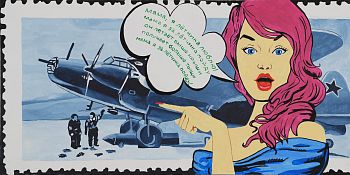
Rostislav Lebedev is a famous contemporary artist, active participant of unofficial artistic movement of Soviet period. Lebedev has gained recognition as one of the founders of Sots Art. He was one of the first artists in Soviet art to use techniques that later became clichés of postmodernism: quotes from classical works, their ironic combination, thematization of discursive practices – political, Freudian with aggressive sexual context, postcolonial. In his works Lebedev features reflexive references to the artistic practice of his contemporaries and compatriots.
Experimenting with symbols and signs of the Soviet age since 1970s. Combining the heritage of Russian tradition in painting, Soviet posters and postcards with heated societal topics, Lebedev creates works in recognizable style that he calls “aesthetic idiotism”. His current rejection of all concepts is highly relevant in the present time, that the artists feels acutely.
Rostislav Lebedev was born in Moscow in 1946. He graduated from Moscow State Pedagogical University from the faculty of Fine Arts and Graphics in 1969. At the turn of the 1970s he joined a group of artists, later known as the “Ulitsa Rogova group” – according to the location of the studio of one of them, Boris Orlov (the group also included Dmitry A. Prigov, Igor Shelkovsky and others). In the atmosphere their studios and several apartment shows in the begining of the 1970s, they developed the “meta-art” method which formed the basis of the “Sots Art”. Except for Lebedev and Orlov a number of Moscow artists joined the same movement, including A. Kosolapov and L. Sokov, as well as D. Prigov and V. Bakhchanyan. The term itself belongs to the duet of artists V. Komar and A. Melamid, who applied it to their exhibition in 1972.
Over the course of several decades, Lebedev’s aesthetics has repeatedly changed. Nevertheless, he remained true to his critical and ironic method, often translated into an archive or a research work. Lebedev's works could be found in significant museum collections, as well as in private collections and foundations around the world.
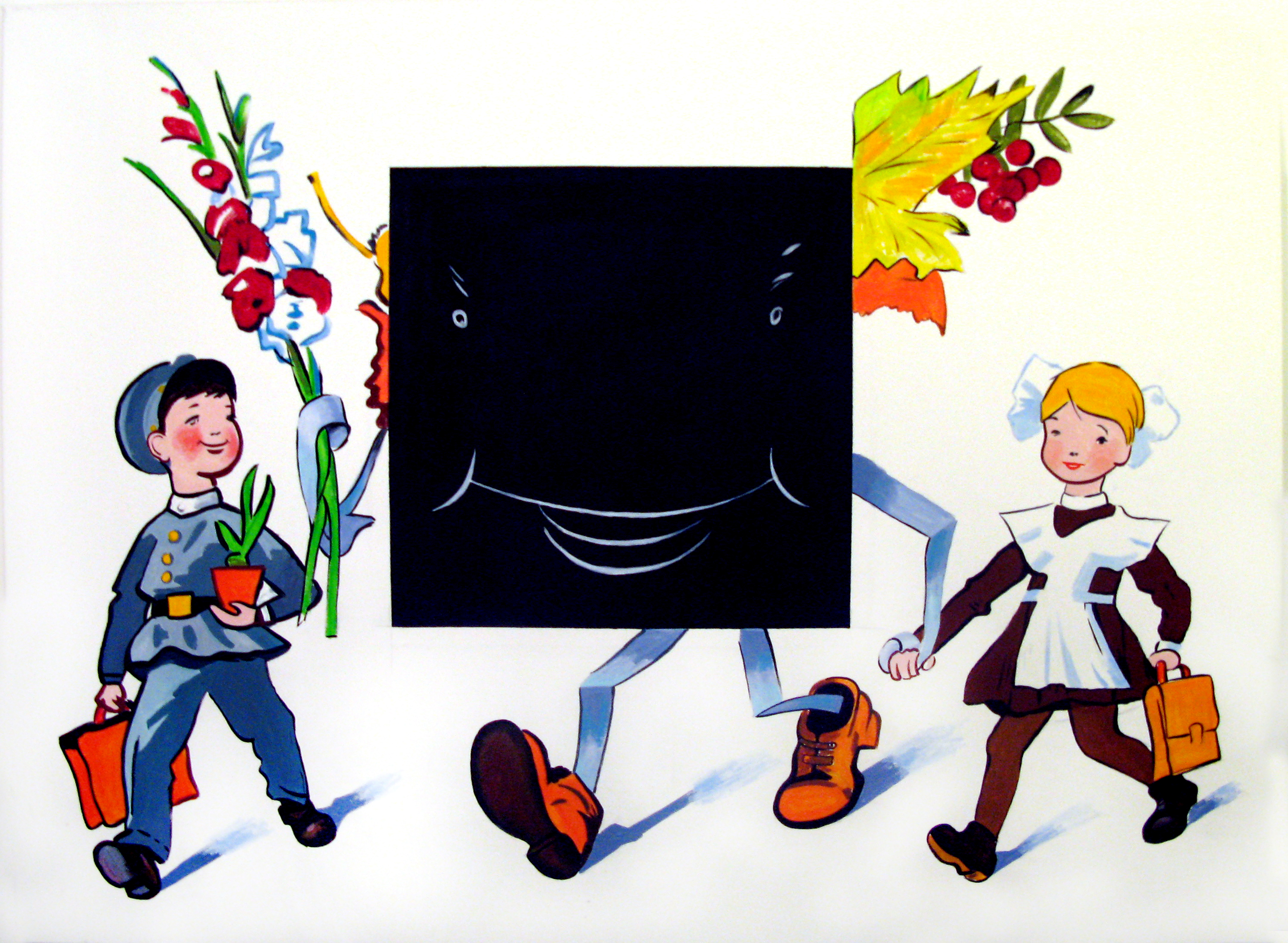 150
110
150
110

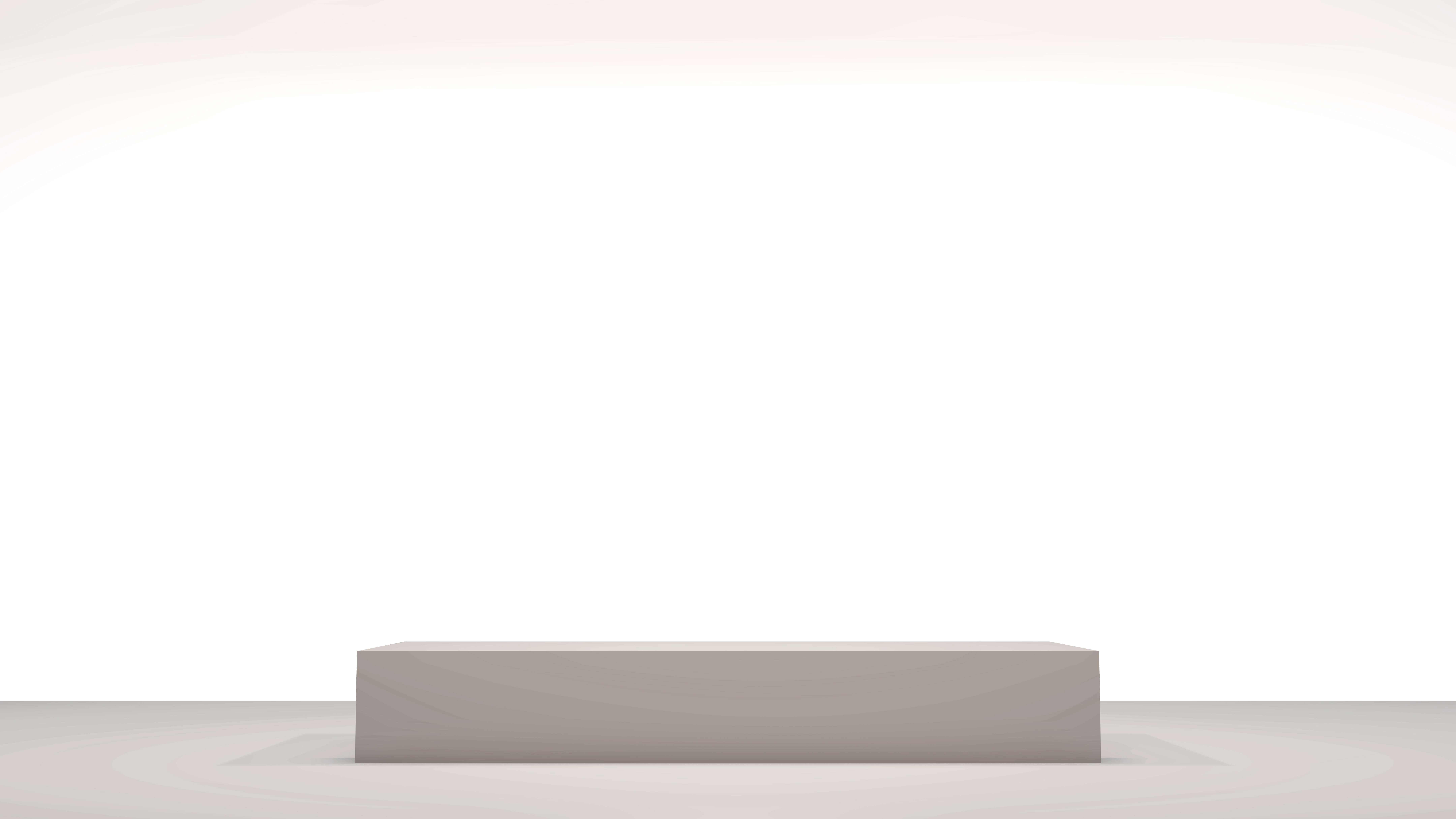
Submit an application
We will inform you about the availability of the product by phone after checking
